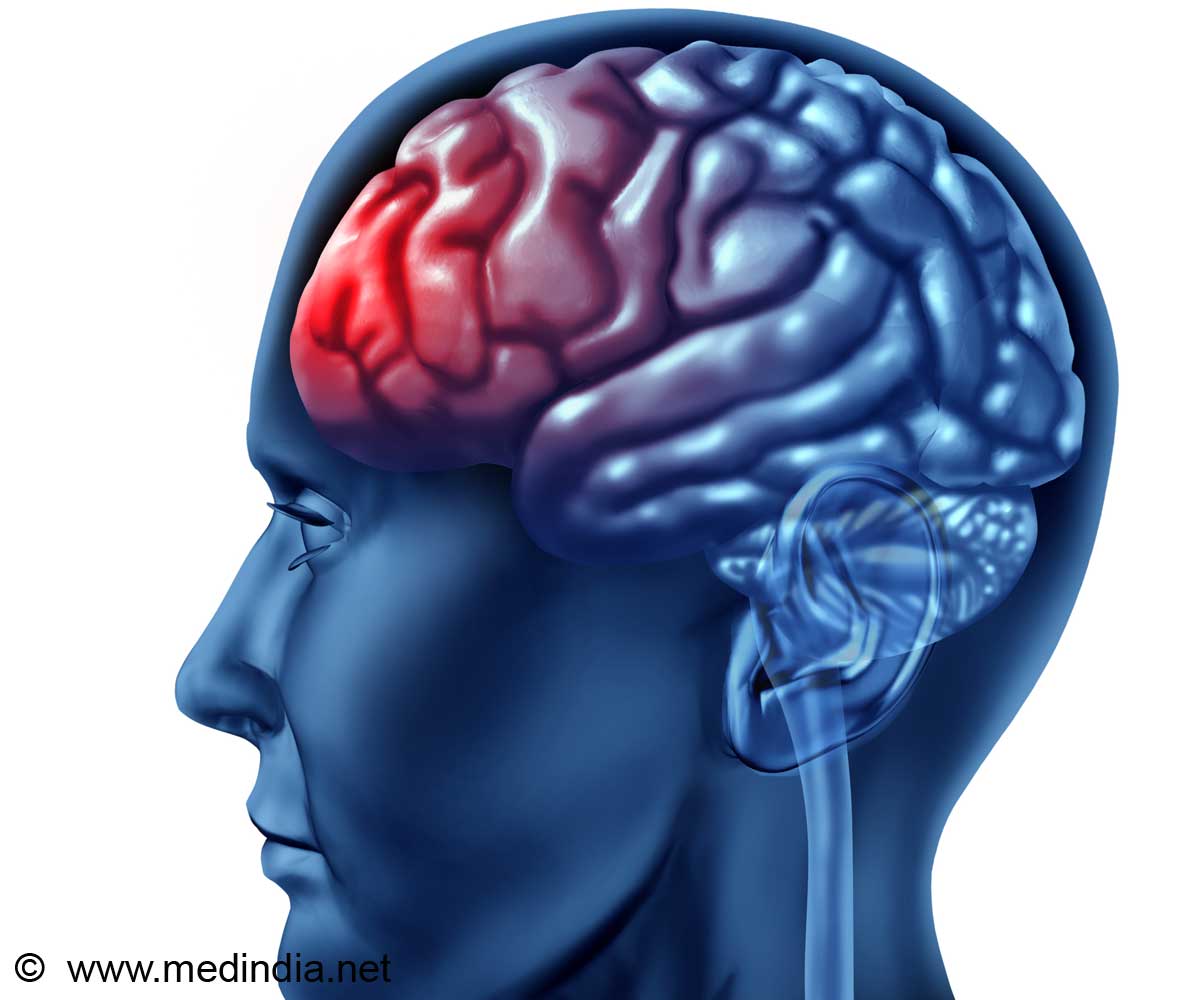
In their experiments, the neurobiologists conditioned the fruit flies to associate a certain odor with a mild electrical stimulus.
After repeating this classical conditioning experiment only once, the flies had already got the message and turned away from the pertaining odor.
The key in this experiment was that the scientists could temporarily deactivate specific nerve cells.
The responsible nerve cells, known as MB-V2 cells, had to be intact in order for the flies to fully retrieve the associative memory.
The results thus indicated that MB-V2 cells are involved in a memory 'read-out' pathway.
Advertisement
The neurobiologists' results showed that MB-V2 cells receive information from the mushroom body - a site in the fly brain, where a positive or negative value is given to the odor information - and that they, in turn, relay to the nerve cells in the lateral horn.
Advertisement
The study has been published in Nature Neuroscience.
Source-ANI











